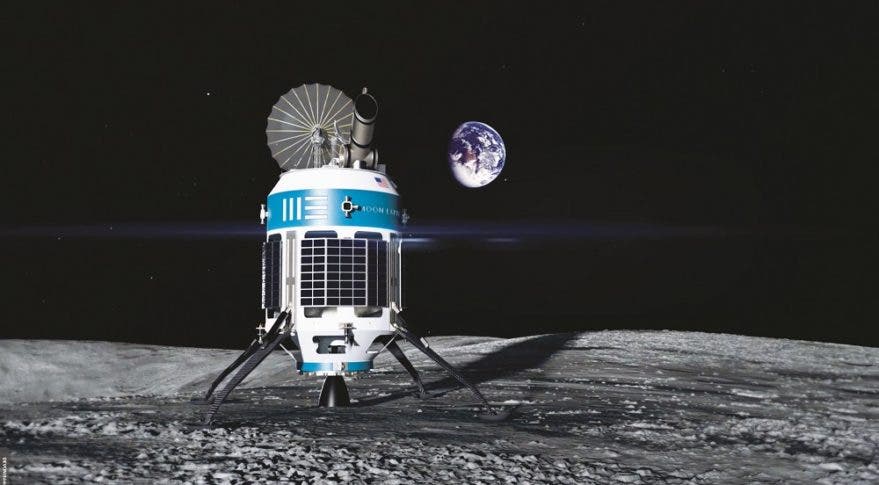After many delays and pushed deadlines, the Google Lunar X Prize is officially over, with no winner to claim the $20 million bounty.

Google launched the Lunar X Prize in 2007, offering $20 million to the first privately-funded team to put a working rover on the moon’s surface.The first deadline was set for 2012 but it has been pushed back four times, with the very last deadline set for March 31, 2018.
To win, a privately funded team had to build, launch, and deploy a rover on the moon, drive it across the lunar surface for at least 500 meters (1,640 feet) and beam back footage to Earth. First prize would receive $20 million. Another $5 million was awarded to the second team, while a remaining $5 million was set aside for accomplishing various milestones in the contest.
Out of an initial batch of 30, only five finalists remained in the game : SpaceIL (Israel), Moon Express (United States), TeamIndus (India), HAKUTO (Japan), and Synergy Moon (International).
But wouldn’t you know it, launching payloads to the moon — and ensuring they function once they get there — is extremely challenging. Engineering difficulties aside, contenders had to worry about regulations and fundraising and at the end of the day, it was just too much for the competitors. They just didn’t have enough resources to make the deadline. After all, landing on the moon has so far been the reserve of well-funded government space programs — and for good reason.
“After close consultation with our five finalist Google Lunar XPRIZE teams over the past several months, we have concluded that no team will make a launch attempt to reach the moon by the March 31st, 2018 deadline,” said Peter Diamandis and Marcus Shingles, the XPRIZE Foundation executives.
“This literal ‘moonshot’ is hard, and while we did expect a winner by now, due to the difficulties of fundraising, technical and regulatory challenges, the grand prize of the $30 million Google Lunar XPRIZE will go unclaimed,” they remarked.
Maybe with another deadline extension, one of the team would have made it. There was certainly progress. All finalists had contracts signed with SpaceX to send their rovers to the moon. Moon Express, for instance, became the first private company to receive approval from the US governments to land a payload on the moon’s surface.
That being said, even without Google’s money, some of these teams may choose to go ahead anyway. It will certainly be a lot harder, of course. So far, there’s been no word from any of the teams so we don’t know if it will still happen.






